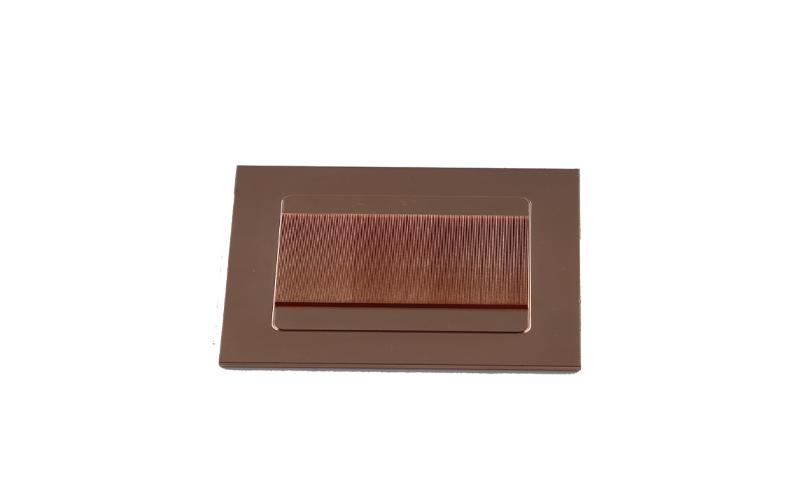The Importance of Heat Dissipation in Cooling Systems
A heat sink is an essential component in cooling systems that helps dissipate heat generated by electronic devices. With the increasing power and miniaturization of electronics, managing heat has become crucial to ensure the optimal performance and longevity of these devices. In this article, we will explore how a heat sink works in a cooling system and its role in preventing overheating.
Understanding Heat Transfer Mechanisms
Before delving into the specifics of how heat sinks work, it is important to have a basic understanding of the mechanisms of heat transfer. Heat can be transferred through three main processes: conduction, convection, and radiation. In the context of cooling systems, conduction and convection are the primary methods by which heat is dissipated.
Conduction: The Foundation of Heat Sink Operation
Conduction is the process of heat transfer through direct contact. In the case of electronic devices, heat is generated by the components and transferred to the heat sink through conduction. The heat sink is typically made of a highly conductive material, such as aluminum or copper, which efficiently absorbs and spreads the heat across its surface area.
Designing for Maximum Surface Area
One of the key principles behind the effectiveness of a heat sink is its ability to maximize surface area. By increasing the surface area, heat can be dissipated more efficiently. This is achieved through the use of fins or other extended surfaces on the heat sink. These fins provide additional contact points for heat transfer and enhance the overall cooling capacity of the system.
Enhancing Heat Dissipation with Airflow
While conduction is the primary mode of heat transfer within the heat sink, convection plays a crucial role in dissipating the absorbed heat into the surrounding environment. Airflow, either natural or forced, helps carry away the heat from the heat sink. Natural convection relies on the temperature difference between the heat sink and the surrounding air, while forced convection involves the use of fans or blowers to facilitate airflow.
The Impact of Thermal Interface Materials
In order to maximize the efficiency of heat transfer between the electronic components and the heat sink, thermal interface materials (TIMs) are often used. TIMs fill the microscopic gaps and imperfections between the two surfaces, ensuring better thermal conductivity and reducing the thermal resistance. Common TIMs include thermal grease, thermal pads, and phase change materials.
Understanding Heat Sink Types
Heat sinks come in various shapes and sizes, each designed to cater to specific cooling requirements. The most common types include passive heat sinks, active heat sinks, and heat pipes. Passive heat sinks rely solely on natural convection and conductive heat transfer, while active heat sinks incorporate fans or blowers to enhance airflow. Heat pipes, on the other hand, utilize a sealed pipe filled with a heat-absorbing fluid to efficiently transfer heat.
Factors Influencing Heat Sink Performance
Several factors can influence the performance of a heat sink in a cooling system. These include the material used, the size and shape of the heat sink, the airflow within the system, and the ambient temperature. It is important to consider these factors when designing and selecting a heat sink to ensure optimal cooling performance.
Applications of Heat Sinks
Heat sinks are utilized in a wide range of electronic devices, including computers, smartphones, gaming consoles, and industrial equipment. They are particularly critical in high-performance systems that generate substantial heat, such as graphics cards and central processing units (CPUs). Without effective heat sinks, these devices would quickly overheat and suffer from performance degradation or even failure.
The Future of Heat Sink Technology
As the demand for smaller and more powerful electronic devices continues to grow, heat sink technology is also evolving. Researchers are developing innovative cooling solutions, such as microchannel heat sinks and liquid cooling systems, to meet the increasing thermal challenges. These advancements aim to provide even more efficient heat dissipation and enable the development of next-generation electronics.

